After Amazon’s Q1 earnings call on Thursday, 5/28, the stock dipped significantly the following day, accounting for a loss of more than $7 per share for investors and the slowest growth rate the company has seen in 20 years or more, despite otherwise meeting market expectations. AWS and Advertising revenue continue to drive growth for the company.
While Q1 2022 results and the forecast for Q2 point to challenges from excess capacity, inflationary pressures, and the leveling off of consumer demand post-pandemic, the obstacles appear temporary, and the company seems well-poised to perform well in the second half of the year and beyond.
Our Amazon Team at Harvest Group provided three unique takeaways following the call that are important for sellers to keep in mind when planning throughout the rest of the year.
1. “Buy with Prime” Direct-to-Consumer (DTC) Penetration
On Thursday Amazon launched a new service, Buy with Prime, that gives 3rd party merchants the ability to use Amazon’s shipping and logistics network to fulfill orders on their own sites.
This program specifically benefits sellers who sell through their own DTC site as well as on Amazon to loyal Prime customers. Brands who utilize Buy with Prime can put the Prime badge on their DTC website for items that have free next-day or two-day delivery.
Buy with Prime is Amazon’s trojan horse to enter the DTC space. As customers continue to get more comfortable with shopping online (both on and off Amazon.com), Amazon doesn’t want to miss out on the growing DTC shopping space. Amazon will use this program to start capturing DTC data while also leveraging the fulfillment network and customer trust they have built over the last 27 years. Amazon upended the ecommerce space when they launched their 2-day delivery program, and it is safe to say that they are looking to mimic this “instant gratification” effect in the often slower and more unpredictable world of DTC shopping.
2. Temporary Fees Related to Inflation
Amazon is not immune to the impacts of inflation and the Ukrainian war. On their earnings call, they discussed the impact that these economic issues are having on their business operations. They are looking for ways to offset the higher costs they are facing while maintaining low prices for customers. One of those solutions was the implementation of a 5% FBA increase for sellers (effective on the date of their release, 4/28). Similar charges were implemented across other logistic and supplier providers. Amazon communicated that this is a temporary solution to help offset the costs, but sellers can expect to have this fee hit their margin while inflation continues to rise.
3. Grocery Expansion
Amazon continues to lean into testing different grocery store formats in their pursuit to compete in the Grocery category. Amazon now has 46 grocery stores open, including an updated format at a storefront in Mill Creek, Washington. Amazon will continue to test-and-learn around their brick & mortar formats by refining their offering and selection to drive the best customer experience. For brands, this increases the importance of being able to quickly pivot with Amazon’s demands to take advantage of these new programs.
Considering Your Amazon Business
As Amazon continues to grow and evolve, Harvest Group is strategically and actively managing our clients’ Amazon business with a low client-to-team ratio. Is your partner growing and innovating with your Amazon business and growth needs? Harvest Group is ready to chat when you are! Email us at hello@harvestgroup.com or fill out our Contact Us form here.
Download the full Harvest Group Q1 2022 Amazon earnings report here:


